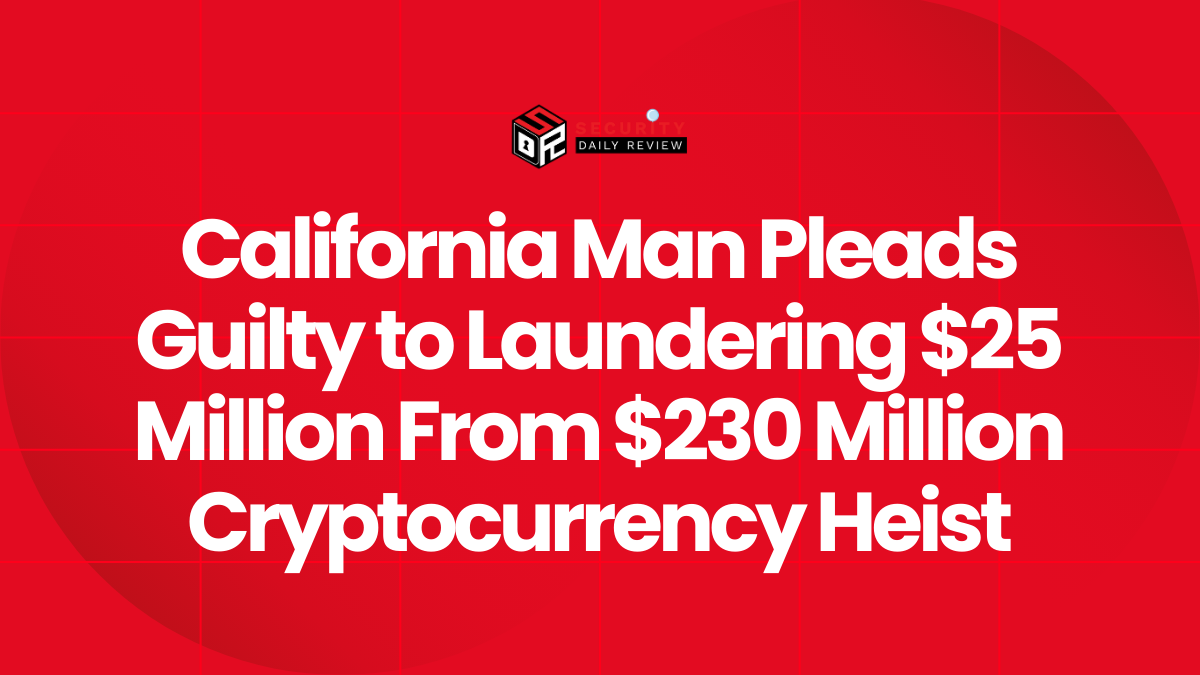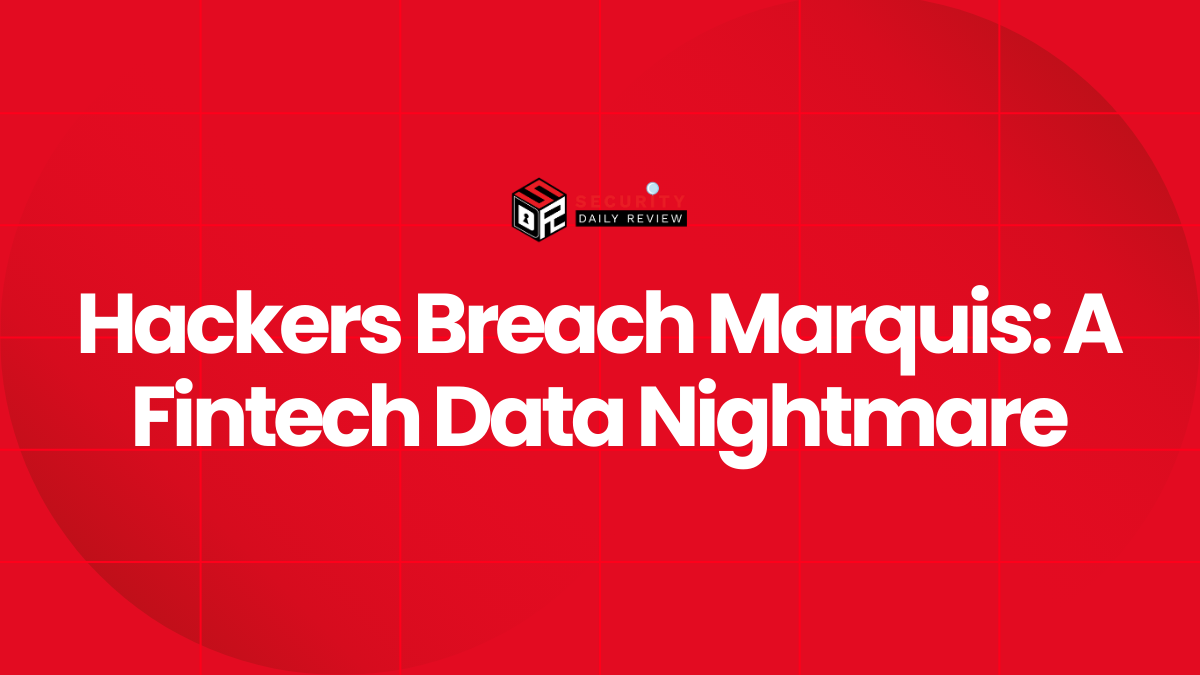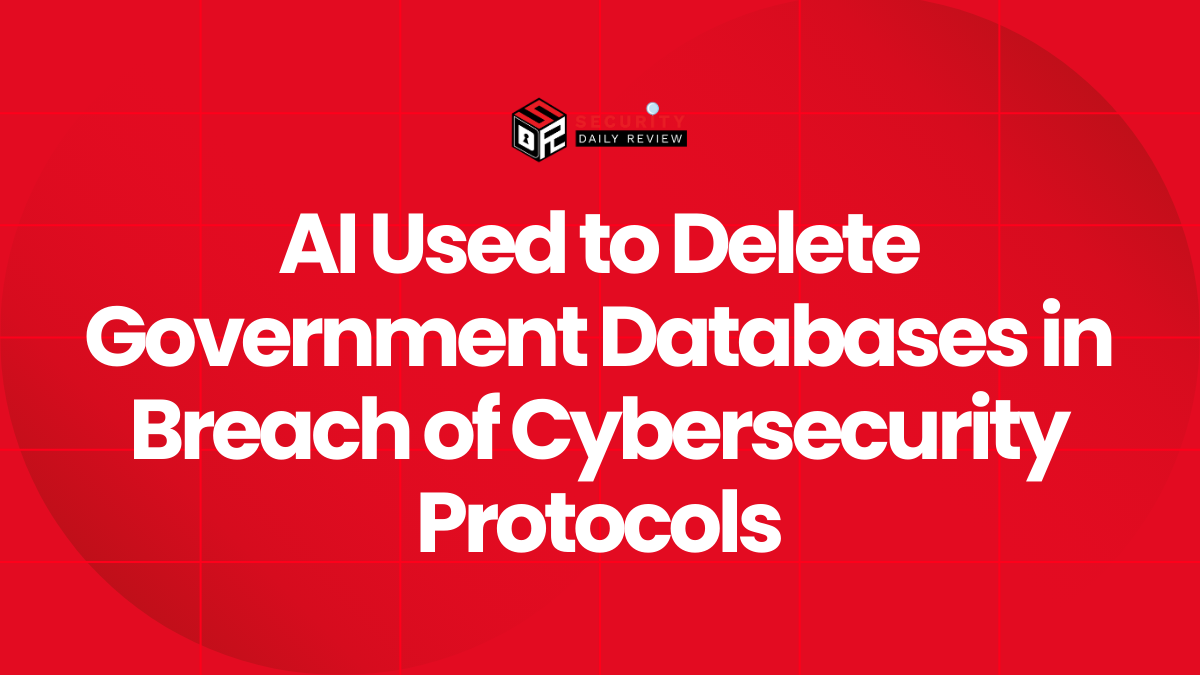A California man has pleaded guilty to laundering tens of millions of dollars in cryptocurrency stolen during one of 2023’s largest digital asset heists. The U.S. Department of Justice (DOJ) announced that Michael Rasmuson, 45, admitted his role in helping conceal over $25 million of cryptocurrency pilfered by North Korean cybercriminals, including the Lazarus Group.
U.S. Authorities Link Laundering Scheme to Major 2023 Cryptocurrency Theft
The theft at the center of the case occurred in early 2023 and traced back to North Korea’s Lazarus Group, a prolific hacking entity sanctioned by the U.S.
The DOJ revealed that the original funds stemmed from a $230 million cryptocurrency theft attributed to North Korean state-sponsored hackers. These actors exploited security vulnerabilities in a cryptocurrency exchange, transferring and obfuscating the stolen assets using various laundering techniques.
Rasmuson was recruited by unknown co-conspirators, who directed him to set up shell companies and use multiple foreign and domestic accounts to funnel the digital currency. Authorities say he was aware of the illicit origins of the funds yet engaged in crypto-laundering from February through August 2023.
North Korean-Led Cybercrime Exploited the Blockchain Ecosystem
Lazarus Group and its affiliates have repeatedly targeted global financial networks using cryptocurrency exploits.
The North Korean hacking syndicate Lazarus Group, previously known for high-profile cyberattacks targeting Sony Pictures and financial institutions, is believed to be behind the 2023 theft. The group exploited vulnerabilities in a crypto service provider’s bridging software—a common point of compromise due to its role in transferring digital assets between blockchain networks.
Once the funds were stolen, the attackers used mixers and decentralized finance (DeFi) platforms to mask their origins before directing them toward Rasmuson’s network. He then converted these cryptocurrencies into fiat money, which was withdrawn, wired, or further obscured through shell entities.
This laundering operation illustrates how threat actors combine blockchain-savvy techniques with traditional financial infrastructure to bypass detection. Though blockchain transactions are traceable, complex laundering chains frequently hinder timely attribution.
Guilty Plea Ties U.S. Resident to International Cyber Threats
Rasmuson faces a lengthy sentence as the government presses forward with charges targeting North Korea’s illicit crypto activities.
Rasmuson pleaded guilty to one count of money laundering conspiracy. The DOJ emphasized that he was not a passive conduit—he opened multiple business accounts using fake information, lied to banks, and traveled internationally to facilitate transactions. He also purchased luxury goods to help legitimize the income.
He now awaits sentencing, where he could face substantial prison time. The guilty plea highlights the seriousness with which U.S. authorities are pursuing cases linked to North Korea’s cyber programs, particularly those involving cryptocurrency theft.
DOJ Intensifies Crackdown on Facilitators of State-Sponsored Cybercrime
This prosecution is part of a broader enforcement effort targeting enablers of transnational threat actors.
The DOJ and U.S. Treasury have reiterated their commitment to disrupting North Korea’s access to global financial systems. Sanctions and criminal charges are being deployed against both core members of hacking groups and the individuals facilitating their financial networks.
In similar past operations, U.S. agencies have sanctioned mixers such as Tornado Cash and flagged DeFi protocols deemed complicit in laundering illicit funds.
Authorities are also urging cryptocurrency exchanges and wallet providers to implement stronger Know Your Customer (KYC) and Anti-Money Laundering (AML) controls to limit the usability of blockchain tools for state actors like North Korea.
A Stark Reminder of the Cybersecurity Risks in Cryptocurrency
The case underscores vulnerabilities in digital asset ecosystems and the ease with which stolen funds can be laundered at scale.
While cryptocurrency offers pseudonymity and speed, its misuse by sanctioned actors continues to present a national security concern. The combination of rapid cross-border fund movement, decentralized platforms, and insufficient compliance checks creates ideal conditions for cybercriminals.
The arrest and prosecution of facilitators like Rasmuson provide a cautionary tale for individuals tempted to work with stolen crypto assets and highlight the risks organizations face from exposure to these laundering mechanisms.
“This individual helped North Korean hackers hide millions of dollars in stolen cryptocurrency—money that funds weapons programs and destabilizes global security,” said a senior DOJ official.
As federal agencies deepen their focus on the intersection of cybersecurity and financial crime, professionals in both fields should note the implications: combating state-sponsored crypto heists will require robust threat detection tools, deeper blockchain intelligence, and cross-sector cooperation.









